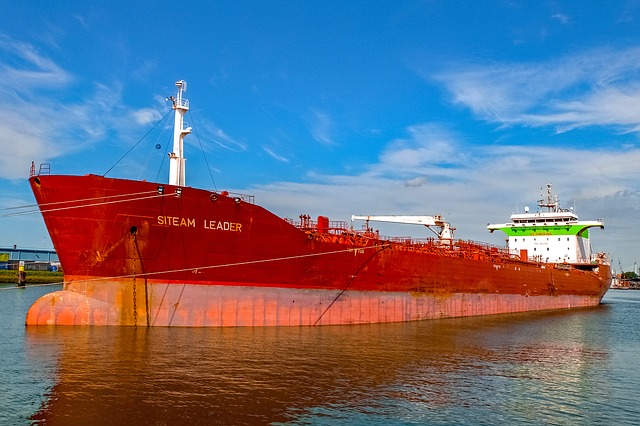LPG has been a recurring topic of conversation as an energy feedstock for nearly 20 years. But it is only with the trend toward renewable and more climate-friendly energies that liquefied petroleum gas is moving more and more into the spotlight. Against the backdrop of the Ukraine war, the discussion about liquefied natural gas has once again intensified, so that LNG shares promise good returns in the future.
Federal Economics Minister Habeck announced that two terminals are to be built in northern Germany at full speed in order to reduce dependence on Russia for gas supplies in the longer term. For investors, LNG thus offers completely new opportunities.
What is liquid gas?
Liquefied natural gas, also known as LNG, is nothing more than liquefied natural gas. The natural gas is cooled to minus 161 to 164 degrees Celsius in special plants. This reduces the volume by approximately 600 times.
Therefore, both the transport in special ships and the storage of the gas are enormously simplified. In conclusion, it is not yet entirely clear whether LNG is actually more climate-friendly than conventional natural gas. What is certain, however, is that liquid gas is non-toxic and considerably less harmful than oil, for example.
Due to the reduction in volume, liquid can be transported relatively easily by ship and therefore imported from other countries. The main export countries for liquefied petroleum gas are the USA, Canada, Qatar and Australia.
Russia also exports liquefied natural gas. However, the discussion about LNG and the construction of the necessary terminals has been reignited and accelerated, mainly due to the dependence on Russia for gas supply, so Russian liquefied gas is out of the question.
Can Russian natural gas be replaced by LNG?
In view of the Ukraine war, German politicians have also become painfully aware that the country is far too dependent on Russia for energy supplies. Two LNG terminals in Wilhelmshaven and Brunsbüttel are now to reduce dependence on Russian gas as quickly as possible.
But the annual volume of natural gas imported from Russia is enormous. In 2020, it was about 56 billion cubic meters. However, the terminal in Brunsbüttel is only expected to have a capacity of around 8 billion cubic meters. So two terminals will not even come close to replacing the volume of imports from Russia.
Return opportunities for investors
With the switch to liquefied natural gas now presumed to be rapid, LNG shares currently offer good opportunities for returns. To this end, interested investors should keep an eye on energy companies that operate liquefied natural gas terminals, on the one hand, and companies that specialize in the construction of LNG terminals, on the other.
Well-known energy companies for liquefied petroleum gas are, for example, the U.S. natural gas supplier Clean Energy Fuels Corp. or the company Tellurian Inc. also based in the United States.
The Norwegian shipping company Golar LNG Ltd. specializes in the marine transport of liquefied natural gas. The terminal in Brunsbüttel is to be built jointly by the Dutch company Gasunie and RWE.







